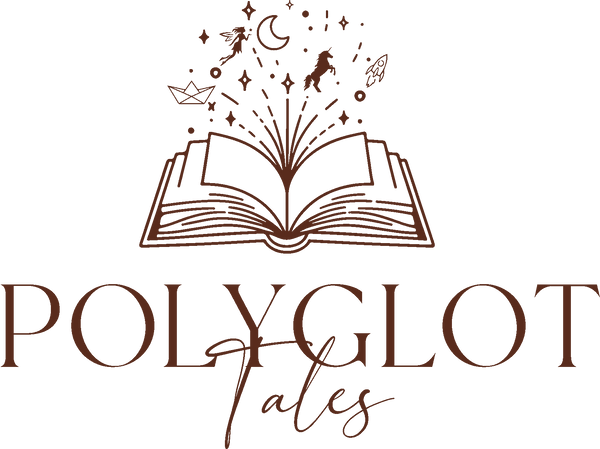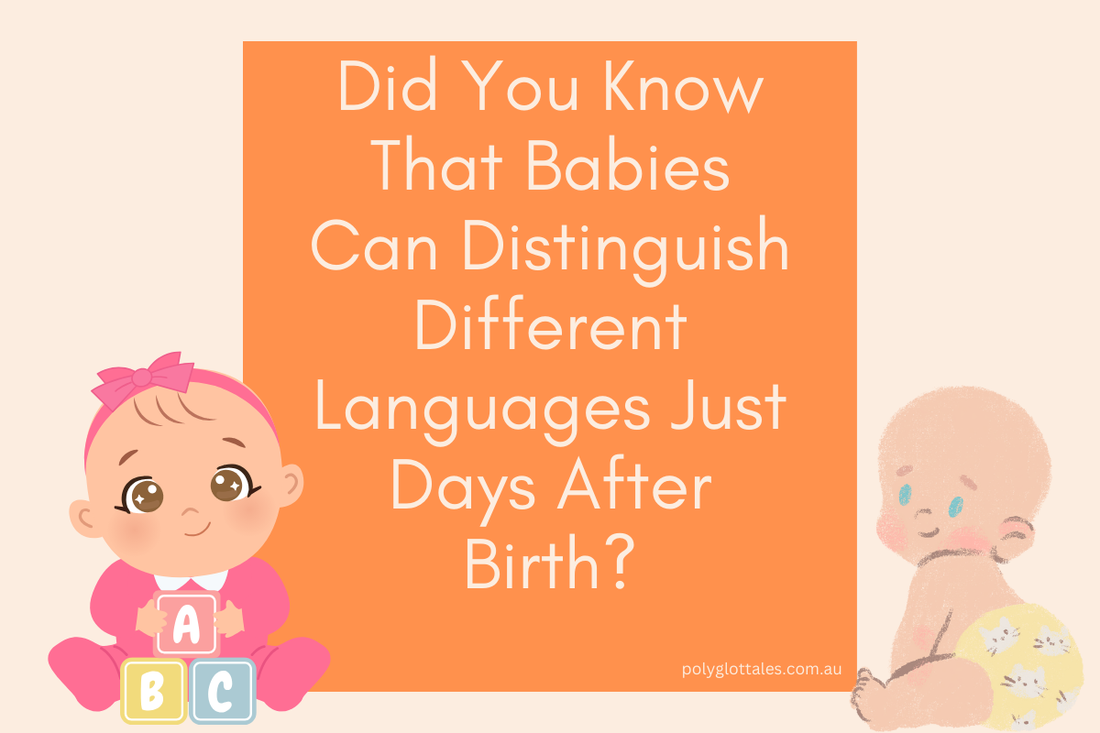Language learning is an incredible journey, and for bilingual families, the process begins much earlier than you might think. In fact, research has shown that newborns can distinguish between different languages just days after birth! But how is this possible?
The Science Behind It
Babies start absorbing language while still in the womb. By the third trimester, they can hear and recognize the rhythm, melody, and patterns of speech from their mother’s voice. Once born, their auditory system is already tuned to these linguistic cues, allowing them to differentiate between familiar and unfamiliar languages.
In a groundbreaking study by Nazzi, Bertoncini, and Mehler (1998), researchers observed newborns' reactions when exposed to different languages. Using a simple method of tracking sucking behavior (a common way to measure infant interest), they found that babies sucked more vigorously when they heard a foreign language compared to their native one. This suggests that they could detect the differences between languages even at such a young age. Another study by Byers-Heinlein, Burns, and Werker (2010) confirmed that bilingual newborns are sensitive to both of their native languages, showing equal interest in each.
Recent research continues to shed light on newborns' remarkable ability to distinguish between languages shortly after birth. A study published in Nature Human Behaviour in 2022 demonstrated that neonates could rapidly learn to discriminate between natural vowel sounds and their backward versions within the first hours of life, indicating an innate capacity for phonetic learning.
Additionally, a 2020 study evaluated computational models of infant phonetic learning across different languages, providing insights into how infants' speech perception becomes attuned to their native language during the first year of life.
These findings underscore the importance of early and diverse language exposure for infants, especially in bilingual households, to support their natural linguistic development.
What Does This Mean for Bilingual Families?
For families raising bilingual children, this early sensitivity to language is fantastic news! It means that exposing your baby to multiple languages from birth—or even before—is a natural and beneficial process. Here are some ways to encourage language development in bilingual households:
Speak in both languages regularly: The more exposure your baby has, the easier it will be for them to differentiate and learn.
Use different voices or tones: This can help reinforce the distinctions between languages.
Engage in interactive communication: Talking, singing, and reading to your baby in both languages helps strengthen their linguistic skills.
The Takeaway
Babies are born with an incredible ability to distinguish languages, setting the foundation for multilingualism right from the start. Whether you are a bilingual family or simply interested in language learning, understanding this early capability can help guide your approach to raising a linguistically rich environment for your child.
So, the next time you speak to your newborn, remember—they’re already listening, learning, and distinguishing the sounds of language in ways we’re only beginning to understand!
References
Nazzi, T., Bertoncini, J., & Mehler, J. (1998). Language discrimination by newborns: Toward an understanding of the role of rhythm. Journal of Experimental Psychology: Human Perception and Performance, 24(3), 756-766.
Byers-Heinlein, K., Burns, T. C., & Werker, J. F. (2010). The roots of bilingualism in newborns. Psychological Science, 21(3), 343-348.
Gervain, J., & Werker, J. F. (2022). Rapid learning of a phonemic discrimination in the first hours of life. Nature Human Behaviour, 6, 111-115.
Matusevych, Y., Schatz, T., Kamper, H., Feldman, N. H., & Goldwater, S. (2020). Evaluating computational models of infant phonetic learning across languages. arXiv preprint arXiv:2008.02888.

